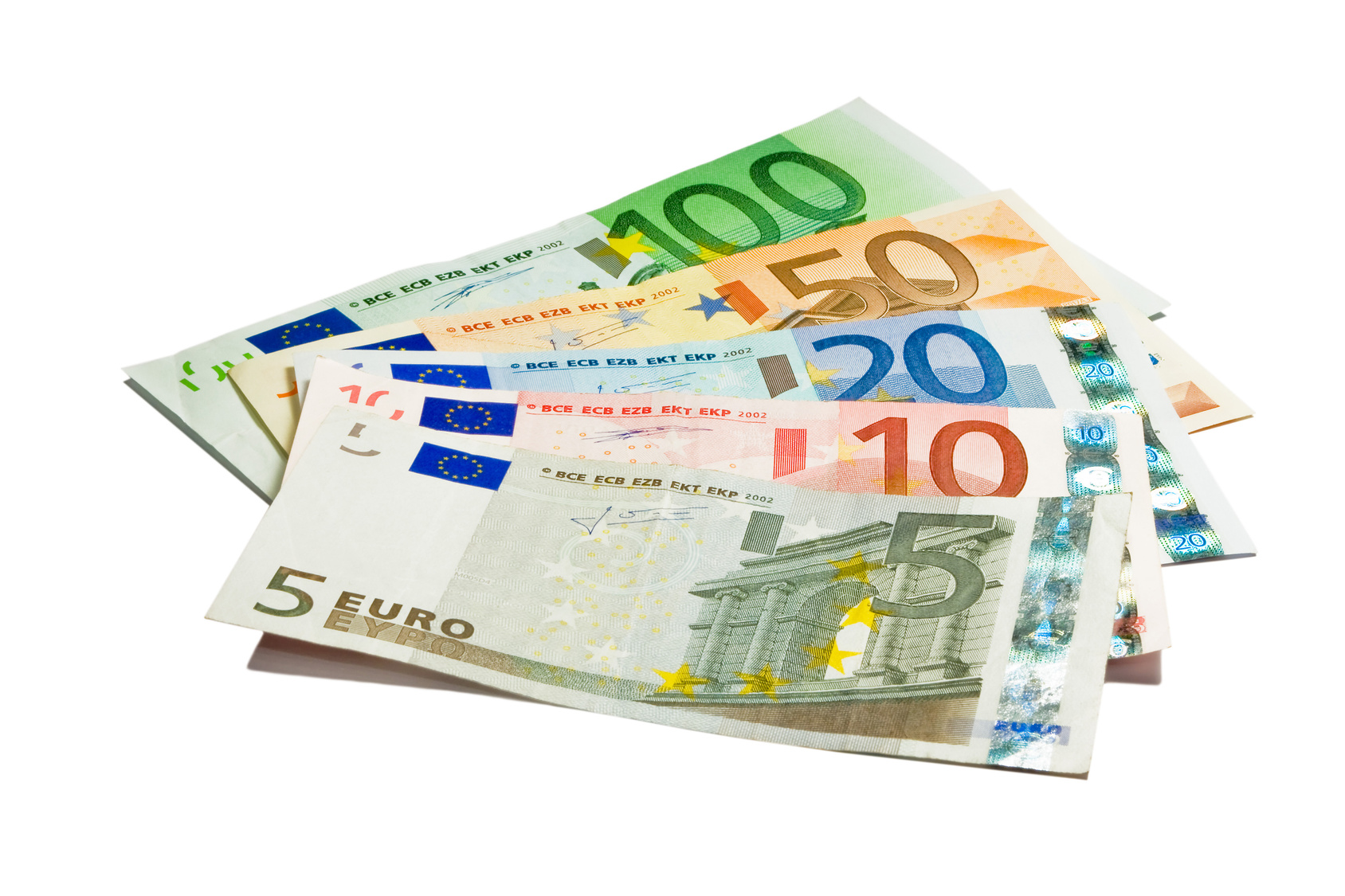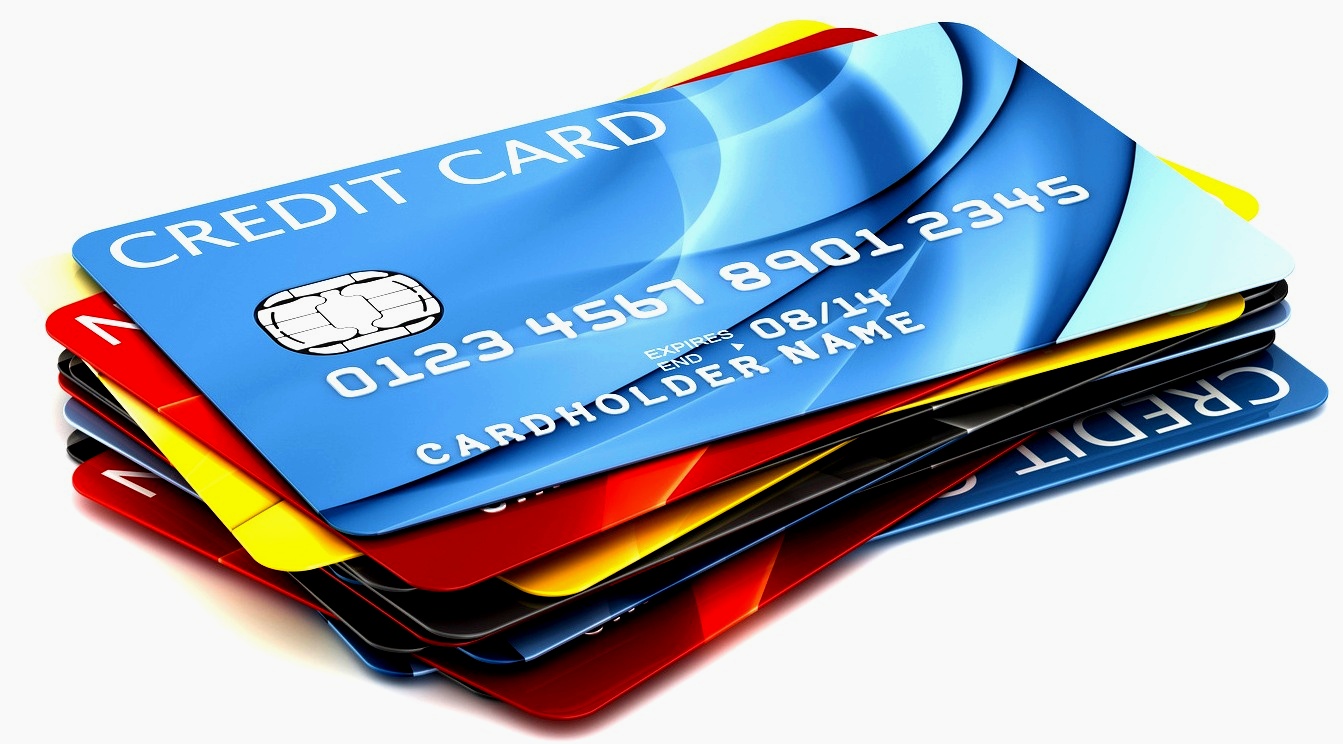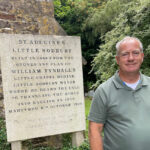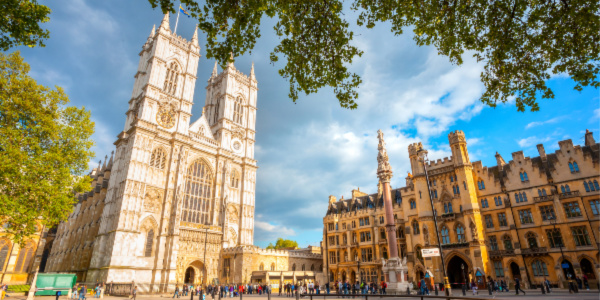Currency for your European trip
 When you are preparing for a trip to Europe, you may wonder if you should take foreign currency with you, how much you’ll need for meals, and how to make use of debit and credit cards.
When you are preparing for a trip to Europe, you may wonder if you should take foreign currency with you, how much you’ll need for meals, and how to make use of debit and credit cards.
Here are some answers to some typical questions:
Which currency will I use on my trip?
Most countries in Europe use the Euro, but here’s a guide to each country:
| Kč (Koruna) – Czech Republic | ||
| € (Euro) – Austria, Belgium, Cyprus, Estonia, Finland, France, Germany, Greece, Ireland, Italy, Latvia, Lithuania, Luxembourg, Malta, Netherlands, Portugal, Slovakia, Slovenia and Spain | ||
| kr (Krone) – Norway | ||
| £ (Pound) – England, Scotland, Wales and Northern Ireland | ||
| CHF (Swiss Franc) – Switzerland |
Should I buy currency before the trip?
We recommend having some local currency with you when you arrive, so that you don’t have to find an ATM immediately. We usually travel with about $50 worth of cash for each country we’ll be visiting if the currencies are different.
You can order currency from your bank, or you can purchase it from the link on our website www.foreignmoney.com/ReformationTours/. The funds will be delivered to your home via ground shipping ($5), 2 day ($15) or next-day ($25). Although this is convenient, the exchange rates are better after you arrive.
How should I pay for things in Europe?
Credit cards are recommended for large purchases, but cash is easier for meals and smaller purchases, such as souvenirs. You can take money out of ATM machines in Europe as long as you have a 4 digit pin number and you have informed your bank that you will be traveling overseas. If you don’t call, they may suspect fraud and freeze your account for your protection.
While you are on the phone, ask what % they charge for each transaction. Visa and MasterCard are more commonly accepted than American Express or Discover. Here’s an article on what to ask your bank.
 Most cards in Europe have the embedded chip, and we recommend upgrading to one of these cards before you depart. Some shops won’t accept the non-chip cards and cash is always easier. It’s a good idea to bring at least two cards and store them separately. Bring along a photocopy of the front and the back, in case you have to report it stolen.
Most cards in Europe have the embedded chip, and we recommend upgrading to one of these cards before you depart. Some shops won’t accept the non-chip cards and cash is always easier. It’s a good idea to bring at least two cards and store them separately. Bring along a photocopy of the front and the back, in case you have to report it stolen.
How much money will I need?
On our tours, all breakfasts, some lunches, and most dinners are already included in the tour price. We recommend a budget of $10 per person for lunch and at least $20 per person for dinner, although of course this varies by country and type of restaurant. You’ll also need money for souvenirs and end of tour tips to the driver and tour director.
What should I do with leftover cash?
If you are planning another trip soon, we recommend keeping the cash. If you are going to Scotland though, make sure that you have bank notes printed in England, as the Scottish notes aren’t always accepted outside Scotland. They are legal tender, but look slightly different.
If you aren’t returning to Europe, you can use the cash for the end-of-tour tips or convert it back to dollars after you get home (not at the airport).
On many international flights, the flight attendants collect “Change for Good” for UNICEF by passing around an envelope so passengers can donate leftover foreign currency from any country.
If you find a Starbucks at the airport, you can top-up your Starbucks card with no transaction or conversion fees and the money is held in the currency of the issuing country of your card.
You might know someone who travels internationally on missions or humanitarian aid trips and they would always appreciate a cash donation.
Lastly, airports can be a fun place to stock up on some unusual and often inexpensive Christmas gifts.





